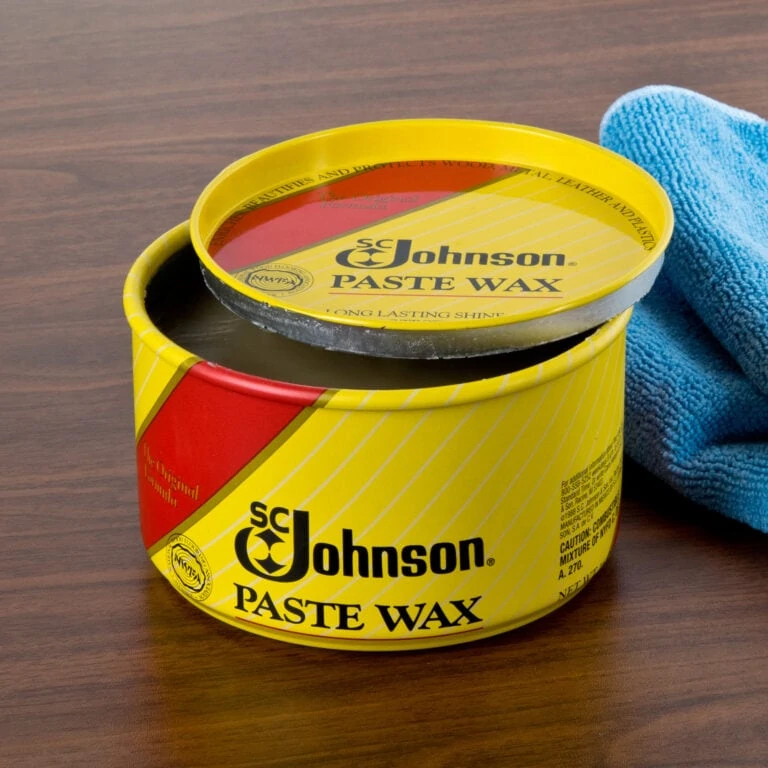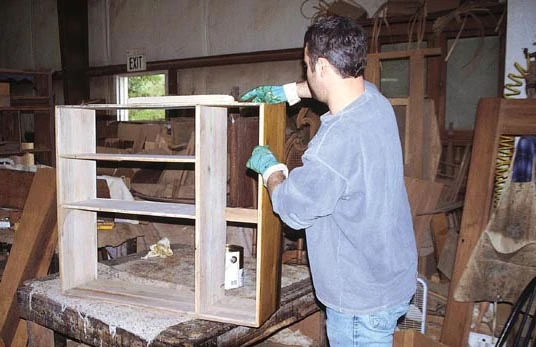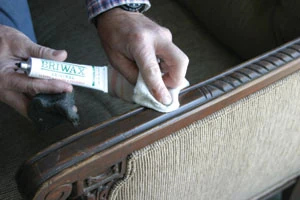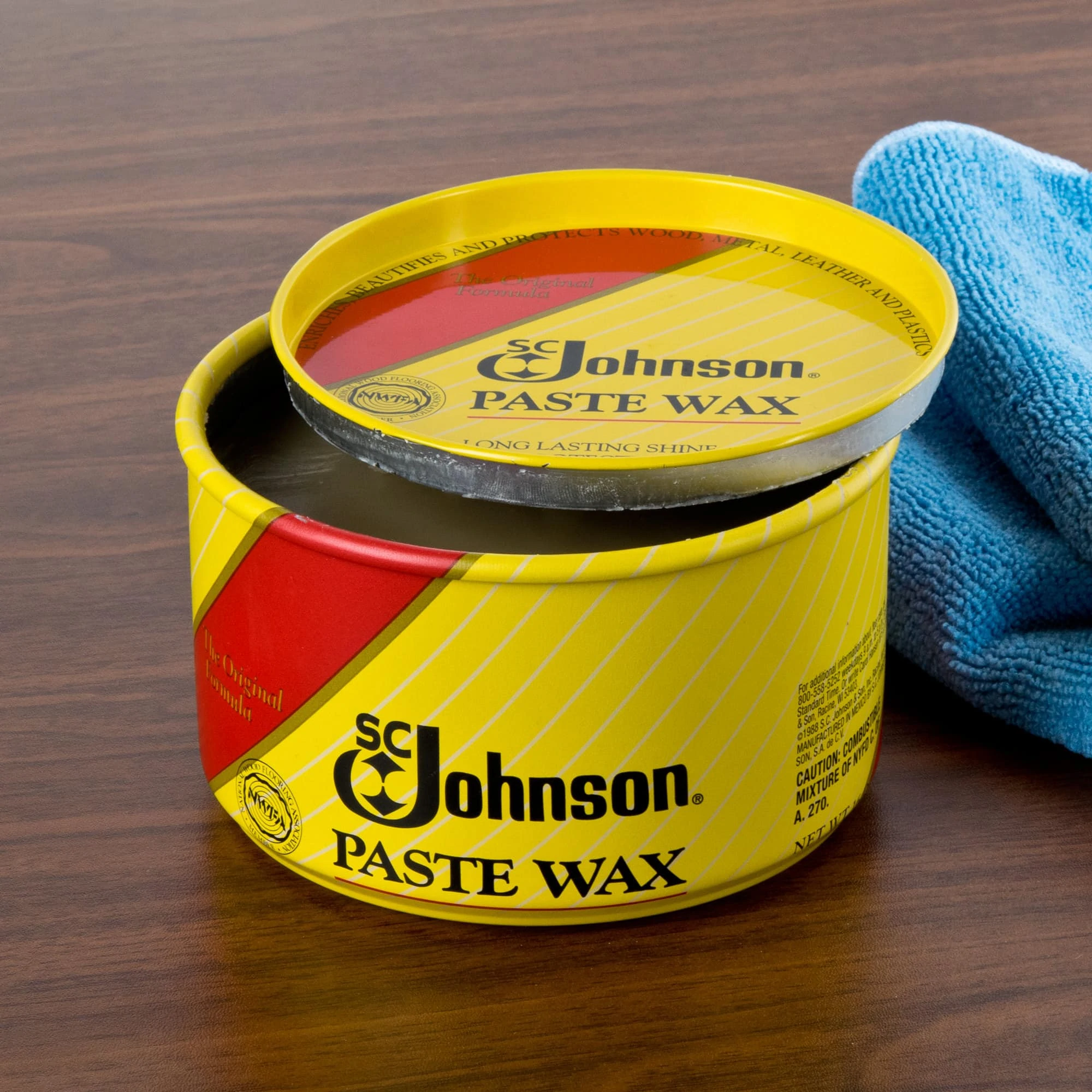(guest post by Paul Moore)
Since people started making things with wood, wax has been used to polish it. Wax has, in fact, been used in some way as a finish for hundreds of years – if not longer. Why has wax been the default for wood finishes for so many years? Because it is easy to use and protects your wood from abrasion, moisture, dust, and debris.
Wood gets scratched, scuffed and abraded easily. It’s hard not to. After all, wood is everywhere. We use it for our tables, chairs, floors and more. Protecting your wood finishes is crucial to keeping them not just shiny, but scratch and scrape free.
What is a Paste Wax?
Paste waxes are usually made from Carnauba wax. The wax itself is a naturally-derived wax extracted from Carnauba palm trees. These trees are native to Brazil and are used in cosmetics and skin care products as well. The wax forms on the trees leaves and protects them from heat and moisture. Bees wax and other waxes are still used to protect furniture, but Carnauba is the most common at this time.
Should You Use Paste Wax?
Wax is rarely used as the only finish on a piece of wood anymore. It remains soft and so it cannot protect against everything. Heat (such as from a hot drink) or alcohol can penetrate the wax. However, wax is a great way to penetrate and fill in scratches, or bring shine to a piece that has lost its luster.
Wax prevents water from getting into wood. When you put a thick coating of it on, it can help keep moisture from escaping fresh cut boards or ends.
While it may not always be the right choice for a piece, when applied properly, wax can add beauty to an old piece of furniture. This is particularly true if you don’t want the color of the piece to change, or if the piece is handled very little. Rather than using the paste wax as an only finish, it is much better to use it over another type of finish.
The best use for paste wax is to maintain and care for your furniture. Paste wax will make a wood piece shinier because it fills in digs and other crevices. Use darker wax on darker pieces which will help you polish it and hide any minor flaws.
Types of Wax
There are a lot of types of wax you can use. Some are pure beeswax, others are pure carnauba. Some are blends of both or blended with synthetics. Choose a wax that appeals to you most, based on your needs and the price.
Applying Wax
Paste wax is not difficult to apply but it can be time consuming. Before applying the wax, dust and clean the piece thoroughly. You don’t want to rub wax in with any debris. Pour about a tablespoon of wax into the center of a cotton cloth (a cloth diaper works well) and roll the cloth around until the wax is all over the rag.
Start in one spot and apply the wax in a circular motion, adding more as needed, until the piece is covered. After the whole surface becomes dull (from the wax drying), clean off the surplus wax with a different clean cloth. Then use a buffing cloth to buff the wax into an even sheen.
Just remember, that maintaining a wax surface takes a little more time than some other finishes. Every time a wax-finished piece is wiped down, for example, a little wax is taken off. Dusting with a feather duster is a great way to keep a waxed surface free of dust without taking off the finish. If you notice a little of the finish is losing its luster, reapply wax as needed.
Paste wax isn’t always the best choice for wood finishes, but when you do use it, it is an easy way to fix minor flaws and shine up a favorite piece.
Editor’s Note: Visit Paul Moore’s website at WoodworkBoss.com.







